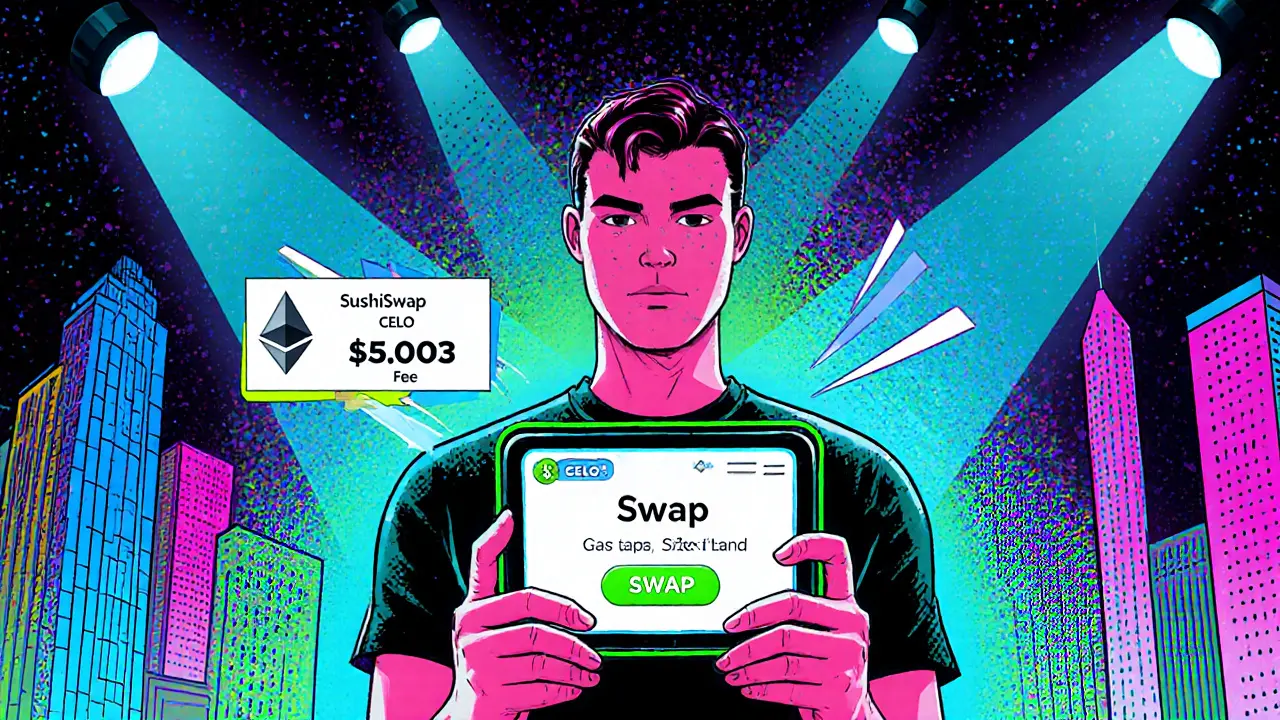SushiSwap – The Decentralized Exchange Redefining Token Swaps
When exploring SushiSwap, a decentralized exchange (DEX) built on the Ethereum blockchain that lets users swap tokens without a central order book. Also known as SushiSwap DEX, it uses an Automated Market Maker (AMM) model to price assets based on pool reserves. The AMM approach enables instant trades, removes the need for counterparties, and powers the whole ecosystem of liquidity providers and traders. As a result, SushiSwap has become a go‑to platform for anyone looking to trade, earn fees, or participate in community governance.
One of the core pieces of the SushiSwap puzzle is the Liquidity Pool, a smart contract that holds two assets in a fixed ratio to facilitate swaps. By depositing equal values of each token, users become liquidity providers (LPs) and earn a share of the swap fees proportional to their contribution. Those fees are paid out in the platform’s native SUSHI token, a governance token that gives holders voting rights and a cut of the protocol’s revenue. Holding SUSHI not only means having a say in future upgrades but also unlocking additional yield opportunities such as staking SUSHI for extra rewards or participating in “Onsen” incentive programs that boost returns on specific pools.
Why SushiSwap Matters for DeFi Users
The relationship between the AMM engine, liquidity pools, and the SUSHI token creates a feedback loop that fuels growth. More LPs → higher liquidity → tighter price slippage → more traders → larger fee pool → higher SUSHI rewards. This cycle encourages continuous participation and makes SushiSwap a micro‑economy within the broader DeFi landscape. Beyond basic swaps, the platform offers advanced tools like limit orders, token bundles, and cross‑chain bridges that let users move assets between Ethereum, Polygon, and other ecosystems. Governance proposals often focus on improving fee structures, adding new pool types (e.g., concentrated liquidity), or integrating layer‑2 solutions to cut gas costs, showing how the protocol evolves with community input.
Below you’ll find a curated collection of articles that dive into the mechanics we just covered, from mining difficulty basics to airdrop safety guides, plus deep‑dives into other DeFi projects that share SushiSwap’s DNA. Whether you’re curious about how AMMs keep prices stable, want to compare DEX fees, or are hunting the next airdrop, the posts ahead give you practical steps, real‑world examples, and actionable tips to make the most of your crypto journey.

SushiSwap on Celo: In‑Depth Crypto Exchange Review
A detailed review of SushiSwap on Celo covering how it works, fees, rewards, security, and whether it's a good fit for traders and liquidity providers.
January 18 2025